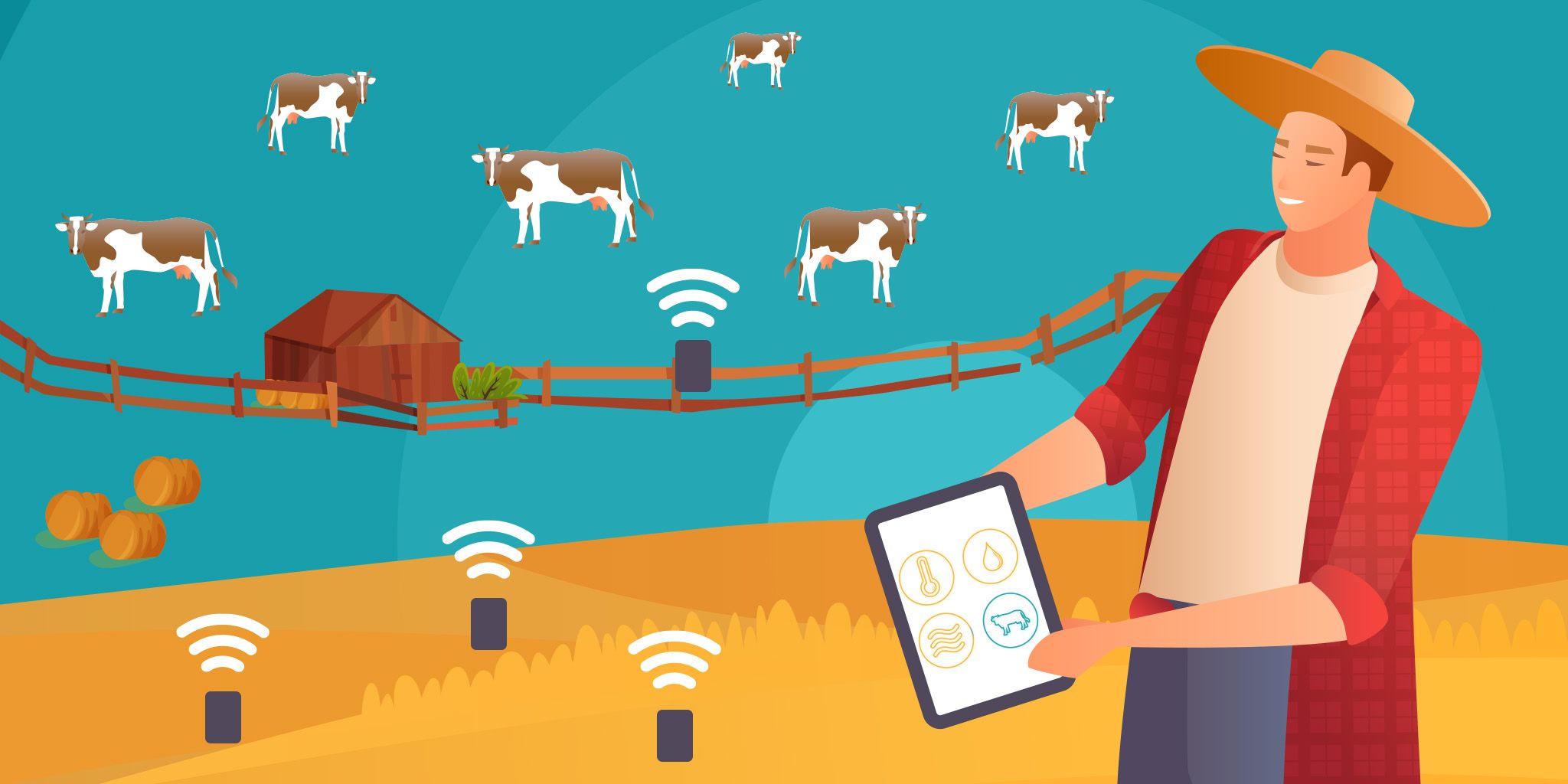Offline Fields, Online Tools: The Struggle for IoT Adoption in Modern Farming
Offline Fields, Online Tools: The Struggle for IoT Adoption in Modern Farming
- Last Updated: June 18, 2025
Farmblox
- Last Updated: June 18, 2025



Ask any farmer what it takes to run a successful operation, and they’ll likely tell you: about experience, intuition, and adaptability. Farming has always been an evolving art, but the pace of change today—driven by automation, data, and connected devices—pushes even the most adaptive among us to the limit.
At Farmblox, we build automation tools for modern agriculture. Still, we also spend a lot of time walking fields, talking to farmers, and understanding the gap between what technology can do and what farmers are ready—and willing—to adopt. It’s a bigger gap than many in the tech world realize.
Infrastructure
First, there’s the issue of infrastructure. Many farms still suffer from unreliable connectivity. You can’t expect cloud-based analytics or real-time monitoring to function when there’s no internet signal in the barn or the remote fields. Solutions that work flawlessly in Silicon Valley labs often fall apart in the back 40 acres.
Geography
Then there’s geography. Farms are remote, spread out, and operate in harsh conditions like mud, rain, dust, and extreme temperatures. Devices have to be rugged and maintenance-free, and they need to keep working even if nobody touches them for months.
When designing tech for farmers, we can't think in terms of urban smart buildings. We need to think about weatherproofing, battery life, and how to make installation so simple it doesn’t require a manual.
Modern IoT Systems
Modern on-farm IoT systems need to reflect these realities. Hardware solutions should use universal plug-and-play connectors that support a range of in-field devices—whether it’s a soil moisture sensor, a water flow monitor, or a weather gauge.
These devices must connect wirelessly to a central base station without relying on complex mesh networks and should be built for real-world resilience: long battery life, optional solar or wired power, and the ability to function in year-round extreme weather.
Crucially, they need to also be designed for simplicity—installation in minutes, management from a phone or desktop, and scale from a handful of devices to thousands per base station.
The result should be a system that delivers real-time alerts and data visibility without the headaches of traditional infrastructure—with no need for IT teams, networking gear, or field engineers.
User Experience
Just as important as the hardware is the user experience. A great UI—clean, clear, and designed for the real world—can mean the difference between a tool that gets used and one that collects dust.
When farmers can intuitively understand what to do, see results quickly, and feel in control of the system, adoption rates climb. Pair that with simple, well-written manuals—yes, actual printed ones that don’t assume tech fluency—and you empower farmers to own the process.
They can set up the system themselves, troubleshoot it without outside help, and confidently expand it as needed. That’s how trust is built—not just in the tech, but in the company behind it.
But perhaps the biggest hurdle isn’t technical—it’s cultural.
The Problem with Technologists
Too many technologists still enter the Ag space with a mindset of disruption, not collaboration. They show up to the farm and start telling fourth-generation farmers how to “optimize their operations,” often with little understanding of what the work involves.
Farmers are some of the most skilled, resourceful people you’ll ever meet. They know their land, their animals, and their seasons better than any algorithm. When you lead with instruction instead of curiosity, you lose trust before you even begin.
There’s also a generational divide. The average age of a US farmer nowadays is 59. They’re not digital natives—and that’s not a knock, it’s just reality. New tools have to respect their experience while making the path to adoption feel intuitive and worthwhile.
I’ve learned that the best way to get buy-in is to start small. Show one tangible result like a time-saving sensor or a labor-saving alert. Let them see it work and then build from there.
Technology's Role
Technology has a role to play in making agriculture more efficient, more sustainable, and more resilient. But if we want farmers to adopt it, we have to meet them where they are—in the field, not the boardroom. That means designing tools that work offline. It means understanding the day-to-day grind of running a farm. And most importantly, it means listening more than we speak.
Nathan Rosenberg is the CEO and Co-Founder of Farmblox: giving farmers tools to build their farm automation system, connecting in-field sensors and equipment to a simple app to quickly identify problems and automatically trigger fixes to improve productivity. He studied robotics engineering at Worcester Polytechnic Institute, specializing in novel computer vision and AI algorithms for real-time data processing. Nathan founded his first startup in high school, including the third-largest Minecraft server in the world. With over ten years of experience, he has successfully led teams and developed extensive IoT networks comprising several thousand devices.
The Most Comprehensive IoT Newsletter for Enterprises
Showcasing the highest-quality content, resources, news, and insights from the world of the Internet of Things. Subscribe to remain informed and up-to-date.
New Podcast Episode

What is Hybrid Connectivity for IoT?
Related Articles




